Savings Goals
Net Worth
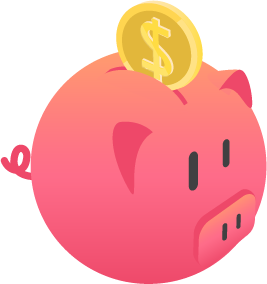 Savings Calculator
Savings CalculatorThis calculator will helps investors determine how much interest they will earn based on a single deposit, a recurring set of deposits or a combination of the two. In addition to calculating interest income, this calculator also provides estimates of income taxes due and the after-tax future value of a periodic investment in today's dollars. If the investment is untaxed please set the tax rate to zero when calculating future value or use our basic savings calculator instead.
Guide published by Joelle Jacinto on December 3, 2019
The Federal Reserve's 2016 Survey of Consumer Finances found American households keep an average of $40,000 in liquid accounts. The 10% of respondents who were high earners have $228,000 in liquid savings, pulling up the average. The bottom 20% of earners have around $4,700 in liquid assets. The remaining 70% have an average of $26,000 in their accounts. This data only refers to families who actually have liquid savings to speak of. According to the ING International Survey Savings 2019, 27% of Americans have no savings, like 27% of 13 surveyed Europeans countries, and 22% of Australians.
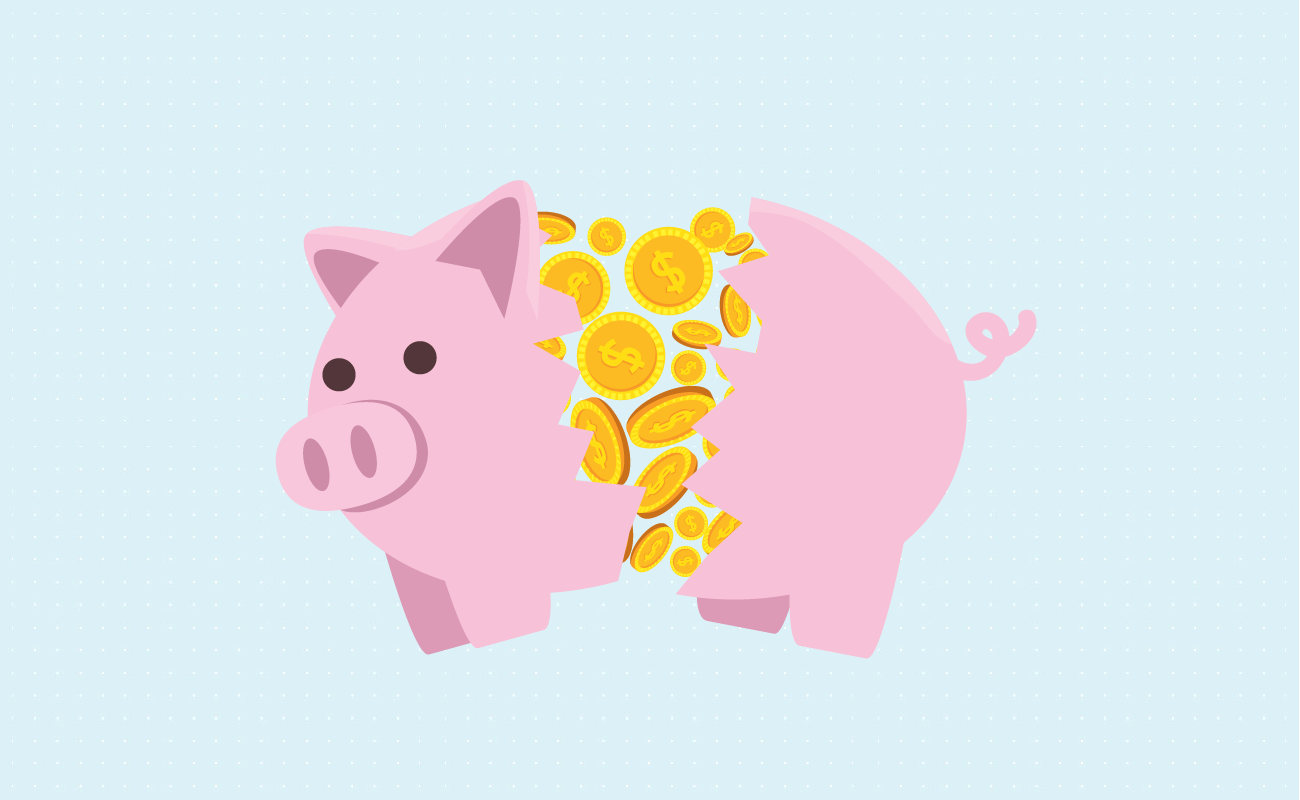
While the average American family has $40,000 in liquid savings the median is around $4,500. This figure is close to the monthly earnings of a 25-54 year old, according to the Bureau of Labor Statistics. According to many financial advisors, savings should cover at least cover six months living expenses, in case people find themselves without a job or any means of income. Some cautious advisors suggest aiming for saving 12 months of income.
But why should we save at all? Do we all live in fear of losing our jobs and not finding a new one in 6-12 months?
We think about losing our job as we would think about being struck by lightning. While 1 in 700,000 Americans get struck by lightning annually, 1.5% of the workforce lose their jobs quarterly. Savings gives people optionality and lowers the risk of getting fired.
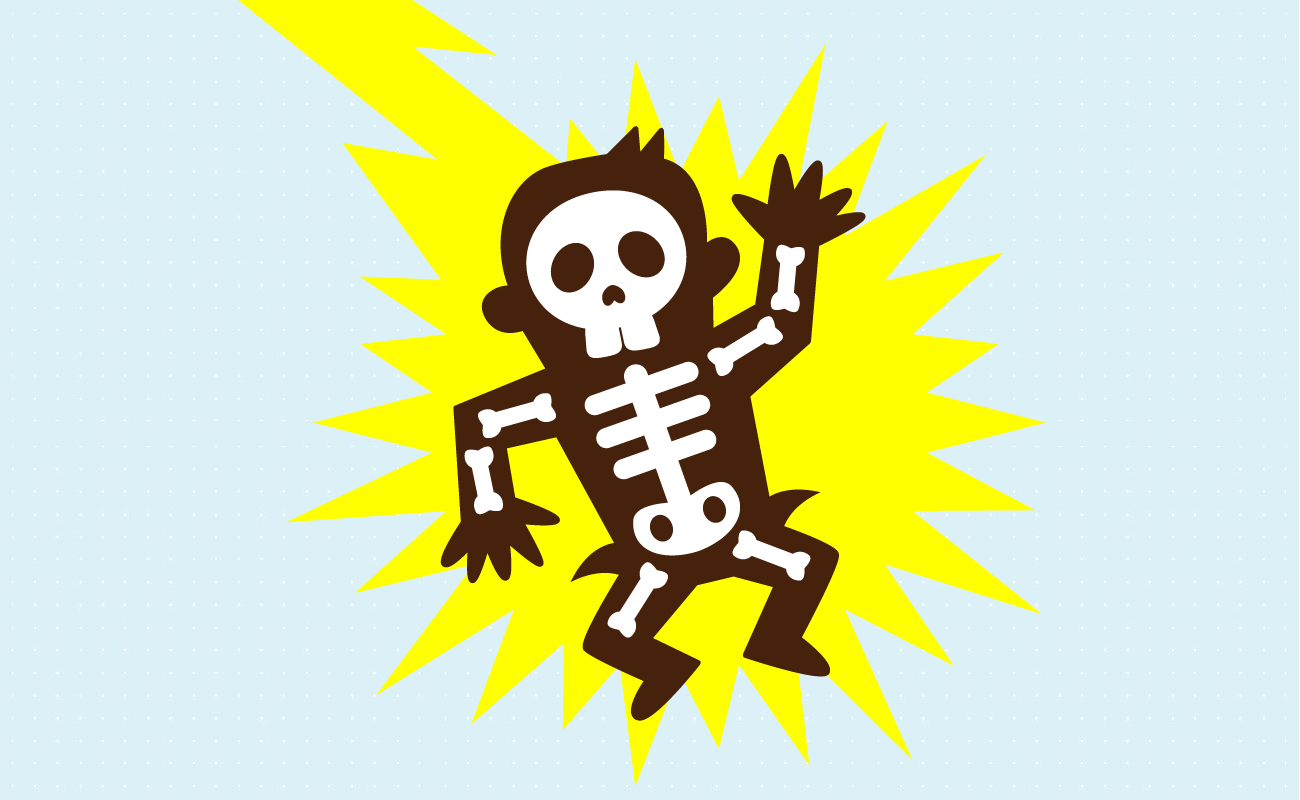
Most savings are for an emergency fund, and losing your job is an emergency, as is getting into a car accident, or your pipes bursting and flooding your house. We never predict that these events can happen, so it is also difficult to save money for them, in case they happen. Money in an emergency fund may seem like it could be used on something else, but when an emergency does come up, you'll be glad you saved.
Aside from maintaining an emergency fund, here are other important reasons to save.
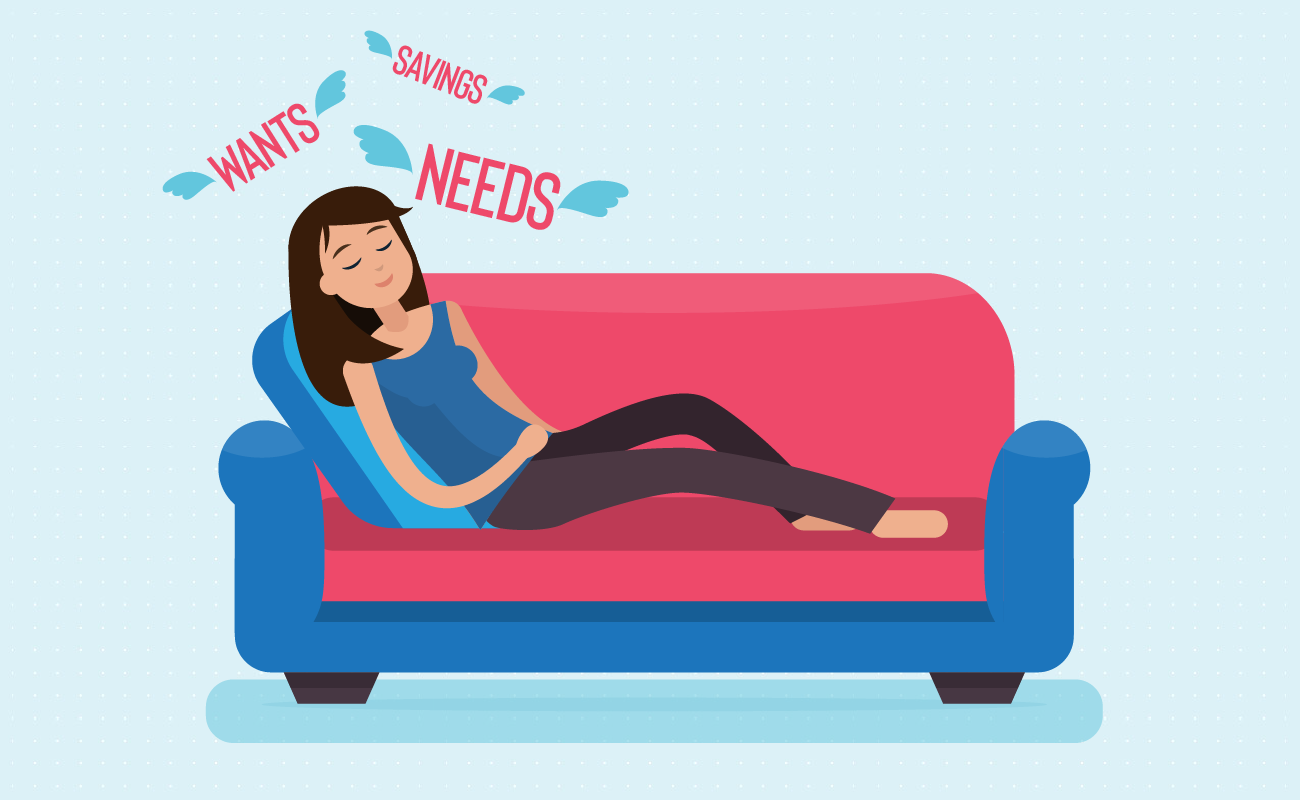
You should review how you have structured your budget. If you don't have one, and have been living paycheck to paycheck, you should make a budget now. First, make two lists.
For both lists, state how much money you spend on each per month and add them up.
The total of the necessities list should make up no more than 50% of your monthly income after taxes. The second list should make up no more than 30%. If there is a discrepancy, especially if you are spending more on the discretionary items than the essentials, you should lower your expenses to meet their assigned percentages. The remaining 20% should go straight to savings. Several finance experts recommend the 50-30-20 rule.

If achieving these percentages is difficult, it may take time to get your financial situation in order. You may start by saving 5% or 10% and keep adding to your savings as you get a raise or pay off debt. If you meticulously manage your living expenses you will increase savings as your income rises.
To manage your budget well, you should open a separate savings account with a high interest rate.
Opening both accounts lets you manage your money efficiently, with one account for payments and transactions, and another account for safekeeping. It is quite easy to transfer money from one account to the other, even if they're not from the same bank. Some banks may also waive checking account fees if you maintain a minimum balance across your accounts.

High yield savings accounts became a must-have with the rising popularity of Internet-only banks. Lacking local brick-and-mortar branch networks they have much less overhead & can pass the savings onto customers through offering a higher interest rate. Some of the larger banks have closed rural branches, preferring to focus on wealthy urban areas & offer higher interest rates on their savings accounts to compete with the Internet-only banks. Make sure to shop around for the ideal savings account and take into consideration:
If you have a short-term savings goal that you wish to achieve on a specific date you can set aside those savings in a certificate of deposit (CD). Unlike liquid savings in an emergency account the money in a CD is inaccessible until it matures. A CD is a time deposit account, where you are unable to use, transfer, add to or withdraw your initial deposit (can be as low as $500), and it collects interest and grows during the time it is in the account, so that it is significantly larger than when you withdraw it at the end of the agreed term of the account. CDs can be helpful for building up a fund for a down-payment on a house or to bring the whole family on a European vacation tour next summer. You can learn more about CDs here.
If you're not in the habit of putting your money away, saving might be difficult in the beginning. Here are some ways to establish a routine that will come naturally.
Automatically transfer your money into your savings account. You can automate bank transfers for your 20% to go straight to your savings account. This way, if you didn't see the money in your checking account, then you won't have the desire to use it. You can also do this for
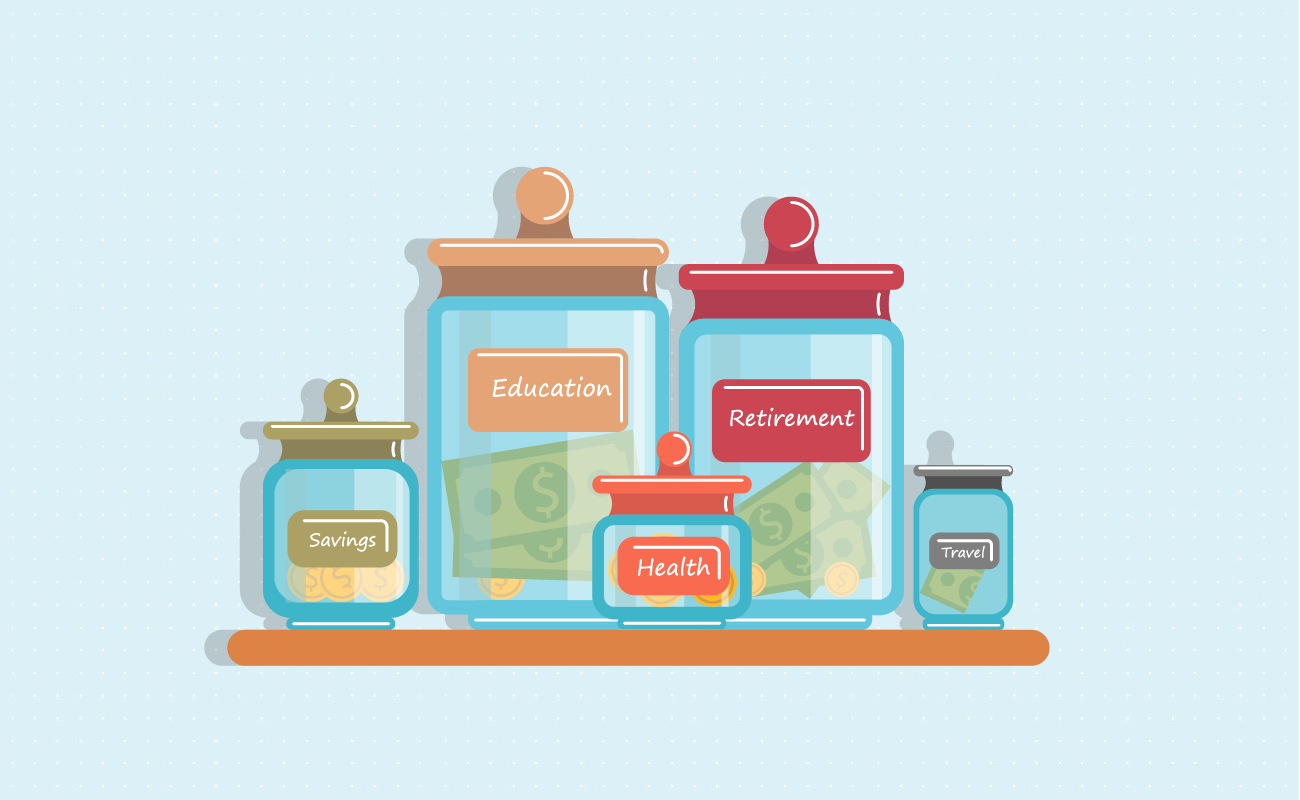
A survey conducted by GoBankingRates showed 23% of Americans unable to save money claim low salary as the primary reason. In this case, it would be wise to explore other career opportunities, or look for supplemental income.
This is a list of jobs that companies are willing to hire you part-time:
You can also go online and look up freelance work on any of the following platforms:
Joelle sees writing as a craft, and is genuinely interested in the topics she tackles, which have ranged from finance and transportation, to pop music, to business advice, to society and culture, to performing arts. She has a Master's in Art Theory and Criticism from the University of the Philippines and is pursuing a PhD in Philippine Socio-Cultural Studies. Her works have been published in broadsheets, lifestyle magazines, online portals and academic journals. Her performing arts reviews have been published in Malaya, Manila Times, Critics Republic, Malaysia, and RealTime Arts, Australia, while her academic work appears in The Borneo Journal and the Journal for the Anthropological Study of Human Movement.